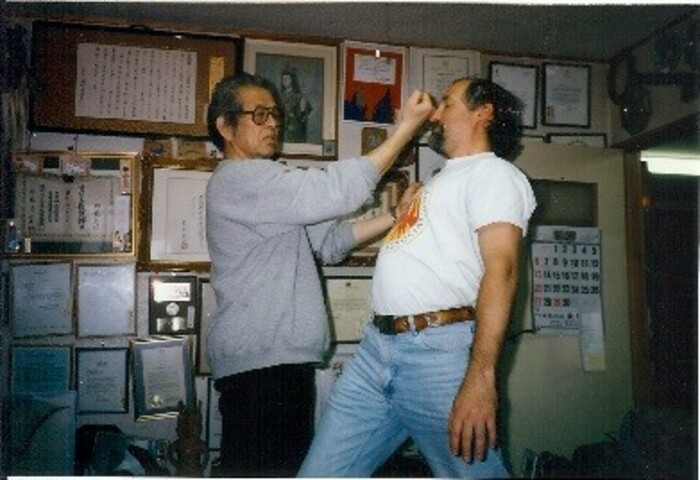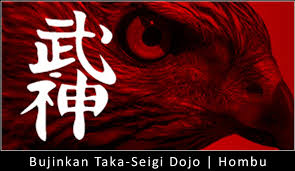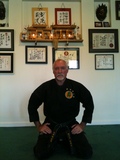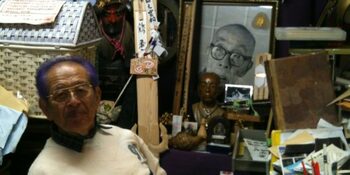
Effective Training
10.12.18
“We are what we repeatedly do. Excellence, then, is not an act but a habit.” Aristotle
To be effective under duress, over time and with limited practice, training must follow three learning principles. It must be:
Repeatable – The training can be repeated under duress without having a lot of learned skill. Simple movement (not complex), efficient, and natural. Our training method builds on itself as we progress through the modules. We must continually emphasize Assess, Plan, Act throughout the course so that this mantra is inculcated deeply in our brain so that, no matter what the situation, it can be accessed.
Memorable – The training must be a “good” memory formed deep in the brain. The student develops good memories of training which they know will work under duress. Through scenario based training and gradual pressure testing, the student creates positive memories that the techniques they have learned work. This convinces the Hind brain to not engage and release control to the Neo-cortex where memories are stored and accessed. The Hind is the oldest part of the brain, and although powerful and fast, it is not capable of problem solving or applying rational flexible thought to dynamic situations. The Hind brain is only interested in survival, but its responses are extremely limited to fight, flight, or freeze. These three limited responses are not always the best solution to a present day threat.
Good memories also help to keep the Lymbic system in check. Training to recognize and react to violent situations under duress enables the student to remain calm and limit the effects of the adrenaline dump, tunnel vision, and emotional shock when confronted with a violent situation. The Lymbic, although extremely fast to react, is all about hormones, emotions, and ego. It’s not concerned with ethical or legal outcomes to a violent situation. The Lymbic system reacts to stress with emotions related to fear, rage, insecurity, ego, love, etc. These emotional reactions are not always the best way to deal with a situation.
The Neo-cortex gives us the best chance to win all three battles (physical, legal, and moral). It wins the physical battle because it can problem solve its way out of the situation. It wins the legal battle by developing a number of appropriate options (plans) and selecting one. It wins the moral/ethical battle by giving the individual peace of mind knowing they used their thinking brain, not their emotional or primitive brain to take the appropriate action. The best way to engage the Neo-cortex is to arm it with great memories that harness the Hind and Lymbic.
Sustainable – The training can be done anytime, anywhere, no matter your physical abilities or age. What is learned during one course stays with the student forever. Will the student get better with more practice and refresher training – of course. The more the student practices and is tested under duress the better they will be and the deeper the memories and longer the training principles will last. However, when taught correctly: i.e. learning simple, natural movement; inculcating the Assess, Plan, Act thought process throughout the training; and creating strong memories of success; we exponentially increase the sustainability of the training.
One example of these principles of training that are used throughout the military is airborne training. First you are put through ground week to work on fundamentals and skill development. The second week is Tower week, which begins to test the fundamentals you have learned under pressure to start to build good memories of training. Jump week begins with a few slick jumps (no equipment) with gradually increased pressure by adding equipment and one night jump. Finally, the training culminates with a graduation ceremony to seal in a positive memory of the training event.
Check out our member website for the latest in training from the senior-most Japanese Dai-Shihan, myself and other recognized seniors from around the world. Nagato Sensei and Noguchi Sensei are now giving me huge support for the website and we will be releasing a ton of their video training sessions over the course of the year. We just released video of both of these Dai-Shihan on our website last week that was captured during train last October. See for yourself why we are considered the very best Bujinkan Budo Taijutsu and Shinken Taijutsu reference website in the world.





